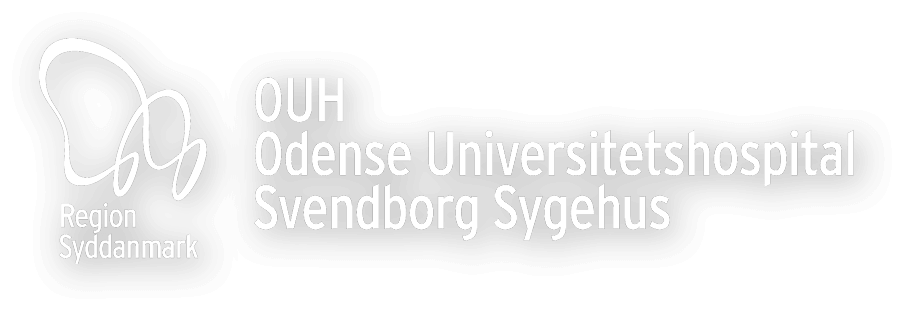WP 3
Other soft- and hardware developments
Primary Investigator: Prof. Esmaeil S. Nadimi
WP3 in a nutshell
WP3 covers research activities working towards a new Capsule Endoscopy prototype based on the knowledge obtained from the studies that show a lot of potential for further development of the latest camera pill. Among other things, we are working on a new lighting system, battery capacity, on-the-go polyp recognition, and stronger antennas.
Aim
To develop a new generation of intelligent dual-mode camera pills with the ability of processing image data in real-time and on the go.
Relevance
There are already several off-the-shelf wireless capsule endoscopy miniature robots on the market, such as Medtronic’s Pillcam, Olympus’s EndoCapsule, Ankon’s new camera pill, and CapsoVision’s Capsule. All these solutions either need to communicate captured images out with a central receiver for further processing, or to store the images to be retrieved later on.
These solutions further suffer from shortcomings in:
- illuminating system featuring only White-Light-Imaging (WLI)
- no adaptive frame rate
- no intelligence, i.e., no machine learning algorithm for on-the-go polyp detection and segmentation,
- limited processing unit
- large receiver-belt antenna
- use of data-logger with no secure real-time transfer of captured images/videos to a data repository.
Design
Materials and methods
The dual-mode camera pill features following choice of materials and methods:
- Imaging unit (two cameras: one at each end of the camera pill) and illumination system with white-light (WLI) and narrow-band imaging (NBI) consisting of a combination of white and blue LEDs.
- FPGA-based processing unit resulting in more processing power and higher flexibility while achieving lower power consumption compared to microcontrollers. Given advanced machine learning and pattern recognition algorithms running on our camera pill, hardware resources that only FPGA-based solutions can offer, is required.
- Lightweight, slim RF antenna receiver placed inside patient’s pocket to replace off-the-shelf belt-style receiver antenna unit.
Real time transmission
This unit will then transmit the real-time collected information securely via Wi-Fi to the patient’s smartphone, which is connected to a designated database server (data repository). The software update features:
- objective measure of bowel cleanliness and preparation,
- autonomous real-time recognition and characterisation of histological properties of polyps, and
- recognition of inflammation.
AI-based algorithms
As mentioned in WP2, we have developed AI-based algorithms along with colour and texture-based image processing techniques for real-time identification, segmentation and classification along with characterisation of histological properties of polyps using NBI and WLI. Our algorithm benefits from advanced machine learning algorithms that labels the frame as either containing polyps or not, based on the geometrical analysis, enhanced colour features and the texture content of the frame.
Timeline
The first prototype of the intelligent camera pill has been produced. Results from animal studies in pigs will be available in mid-2020. The CE approval will be achieved in 4 years.

